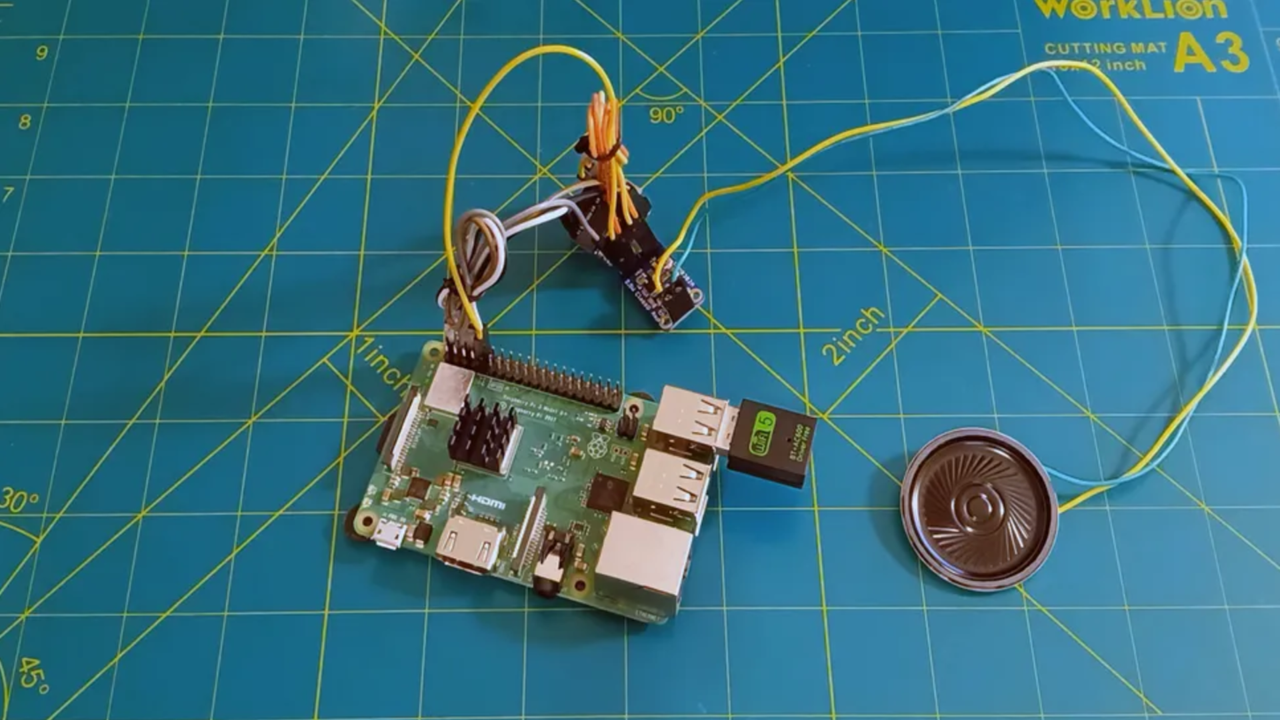Earlier this month, researchers claimed a major breakthrough had occurred for quantum computing in terms of proving a verifiable advantage over traditional computers. This was then followed up by Google last week, who claimed to show the first practical application of their quantum technology through the combination of its Willow chip with the Quantum Echoes algorithm.
Quantum computing is something that can be difficult to grasp, but a key area of importance in terms of this technology’s potential impact on the world is its theoretical ability to break much of the encryption that secures basically everything on the internet today. And yes, that includes Bitcoin.
In fact, Bitcoin has enabled a massive financial incentive to develop the first sufficiently-powerful quantum computer. Many of the early addresses (basically the equivalent of an account) on the Bitcoin network are secured via encryption that is vulnerable to attack from a quantum computer that is powerful enough, which is why there have already been discussions around how the Bitcoin network more generally can be upgraded to guard against this sort of threat.
Satoshi was an AI from the future that wanted to accelerate development in quantum computing
— nic carter (@nic__carter) October 23, 2025
These early Bitcoin addresses, including many that have been connected to Bitcoin creator Satoshi Nakamoto, may also be associated with private keys (passwords to the Bitcoin accounts basically) that are lost or otherwise not accessible to anyone. In other words, they’re sort of like lost digital treasure chests that a quantum computer could potentially unlock at some point in the future.
Someone with a sufficiently-powerful quantum computer could be able to find the private keys for these addresses by breaking the encryption associated with them. And at current prices, we’re talking about a $460 billion treasure chest of vulnerable bitcoin, according to a previous report from Deloitte.
Bitcoin itself is not yet vulnerable to quantum computing attacks today, as those computers simply do not yet exist. Additionally, there is already at least one Bitcoin Improvement Proposal (BIP) associated with the quantum threat that would allow bitcoin wallets to preemptively upgrade their software and then quickly push for a soft fork in the case of a security crisis.
While there is no set-in-stone plan to upgrade Bitcoin to quantum-resistant or completely quantum-secure addresses quite yet, it’s also unclear if or when such an upgrade will actually be necessary. That said, plans and proposals are already being put together to deal with this threat that is still, at this point, strictly theoretical. However, this would be a rare instance where a change to the Bitcoin network’s ruleset is not optional, at least practically speaking, as users would be leaving their coins open to theft by not upgrading.
In terms of a timeline of when this could become an issue for Bitcoin, experts have generally come to consensus around a timeline of some point in the 2030s.
For now, the early Bitcoin addresses that are most vulnerable to the quantum threat are referred to as “Satoshi’s Shield” because they could operate as a canary in the coalmine of sorts in terms of the development of a sufficiently powerful quantum computer to break the encryption in Bitcoin and many other online systems.
https://x.com/cryptoquick/status/1866826898652991844
Of course, based on bitcoin’s past performance, the current treasure of $460 billion worth of bitcoin could easily grow to more than $1 trillion by the time a sufficiently-powerful quantum computer is built. That said, the way this process would likely unfold would be a large number of smaller treasure chests being unlocked over time rather than a single attacker gaining access to one large chest holding all of that bitcoin. In other words, the cracked bitcoin wouldn’t necessarily all be found at once by the same entity.
Obviously, it should also be noted that some of this vulnerable bitcoin could be moved to less-vulnerable, already-available address types or yet-to-be-enabled, quantum-resistant addresses by the time the clock strikes midnight on the quantum threat. But again, it’s also likely that the private keys associated with a large amount of early bitcoin are simply forever lost.
Satoshi’s coins are being priced into quantum stocks.
AI can try as much as they want, but that shelf is too high for them to reach. https://t.co/RpeSnEae0r pic.twitter.com/NFuJxEczIu— Pierre-Luc (@dallairedemers) October 23, 2025
Existing quantum computing startups and projects are obvious candidates for being the ones to crack Satoshi’s early Bitcoin addresses, and some Bitcoin users have even claimed that this is something the U.S. government should get involved with as a sort of new Manhattan Project for the digital age. Notably, the Trump administration is currently in talks related to U.S. government investment in a few quantum computing companies, according to The Wall Street Journal.




